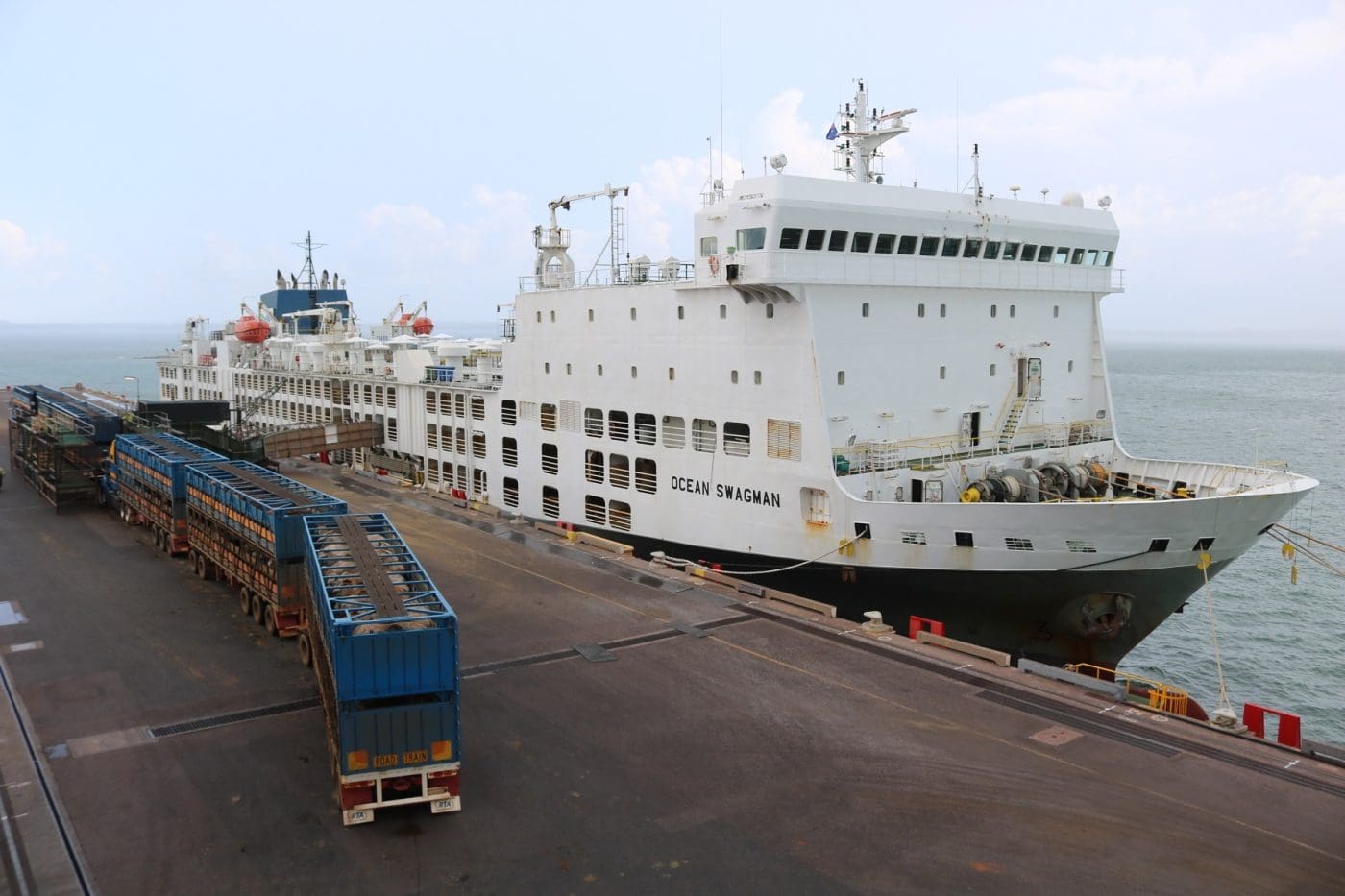One agricultural sector with more than most riding on the outcome of next weekend’s Federal Election is the livestock export industry, and the sheep and cattle producers and service providers with businesses heavily reliant upon the trade.
Federal Labor has pledged to end live sheep exports if it wins the May 21 election.
The Party says it has “no plans” to change the live export of cattle.
However, the prevaricating language of various Labor members on the issue has done little to instill trust and confidence in an industry still scarred by the Party’s snap decision to suspend cattle exports to Indonesia 11 years ago, as Northern Territory Cattlemen’s Association CEO Will Evans highlighted in this article yesterday: Livelihoods depend on governments we can trust.
More Government cost-recovery increases in July
Regardless of which party wins the election, the industry is also facing another round of potentially significant cost increases in July, under scheduled Departmental cost recovery arrangements.
The cost of regulation remains one of the single biggest issues facing the trade.
Last year the Department announced it would have to start increasing the fees it charges to exporters across a range of industries to recover the costs it incurs to regulate and service each industry.
The livestock export industry’s own analysis of the Department’s planned cost-recovery charge increases for its sector suggested it was facing fee hikes in the order of $12-$16 per head for cattle.
Producers voiced concerns that they would ultimately pay the cost of the increased charges on live exporters through lower prices for their stock.
Amid those concerns Federal Agricultural minister David Littleproud told a forum in Charters Towers last October that Government forecasts indicated regulatory cost charges would not exceed more than $4/head for cattle to Indonesia or $5/head for cattle to Vietnam (as reported here).
The next round of DAWE cost recovery charge increases on live exporters is due on July 1, and industry fears the cost-per-head impact is now going to be far greater than the Government has suggested, because trade volumes are so much lower this year.
It is understood the Government’s forecasts of cost increases topping out at $4/head and $5/head were based on annual export volumes of around 1.3 million cattle per year.
However trade volumes to Indonesia and Vietnam have fallen dramatically year on year, and current trade forecasts suggest that total cattle exports could fall as low as 500,000 head this year.
Lower volumes are likely to translate to much higher costs per head, but the current Coalition Government has not been forthcoming on how high the next cost increases in July are likely to be.
Beef Central has asked the Minister’s office recently to provide clarity on where the per head cost of cost recovery charges is likely to stand when costs increase again in July, and whether the next round of scheduled cost recovery increases will still proceed given the reductions in trade volumes that have occurred, but has not received a response.
Ascertaining what the impact of the next scheduled round of cost recovery charges will be a key issue for the sector following the election, regardless of which Party forms Government.

